Bird Butts and Other Matters
10,000 Birds
APRIL 15, 2014
The birds were too far away to identify, and I know more than one species does this, but if I had to guess they were starlings. There is a bit of science news. If half the Warblers go extinct, that would be a lot of species but you’d still pretty much have Warbler DNA. But there were a gazillion of them. This makes sense.




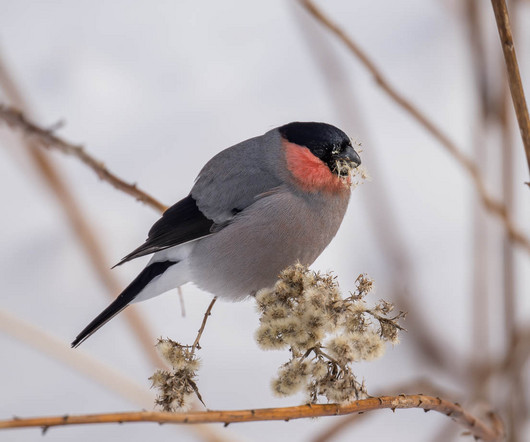

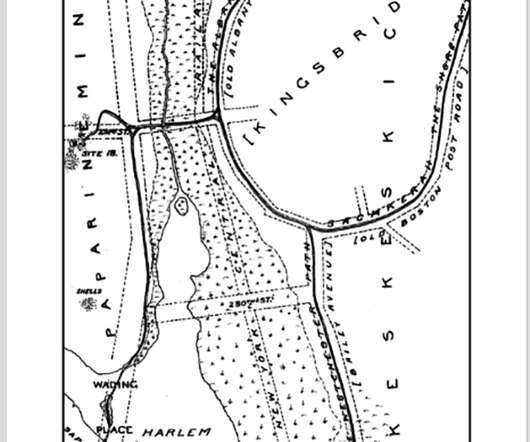

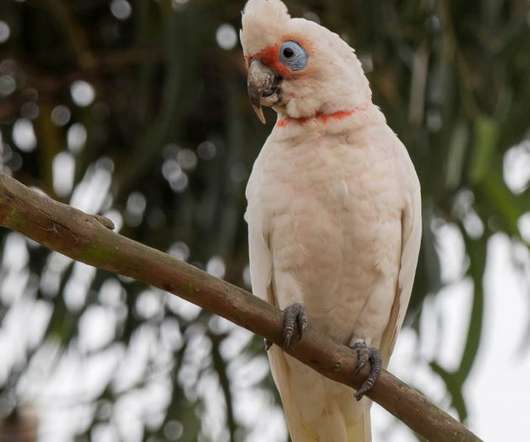
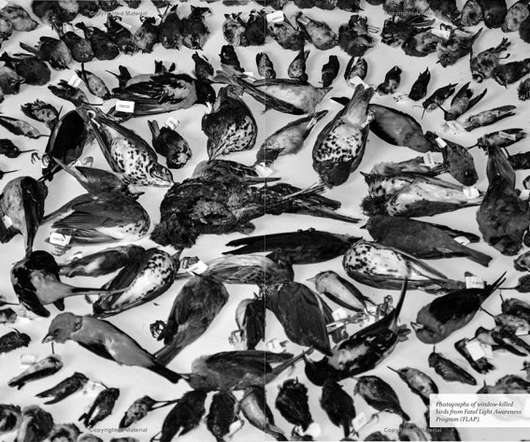

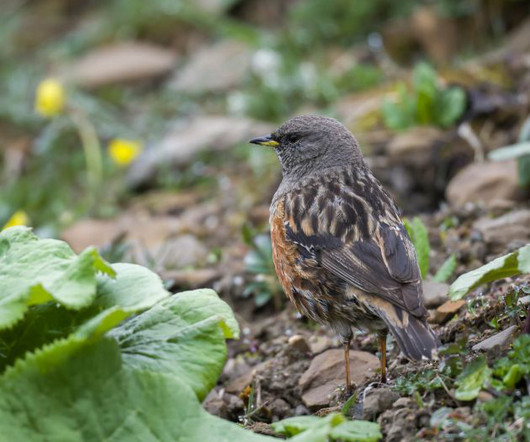






Let's personalize your content